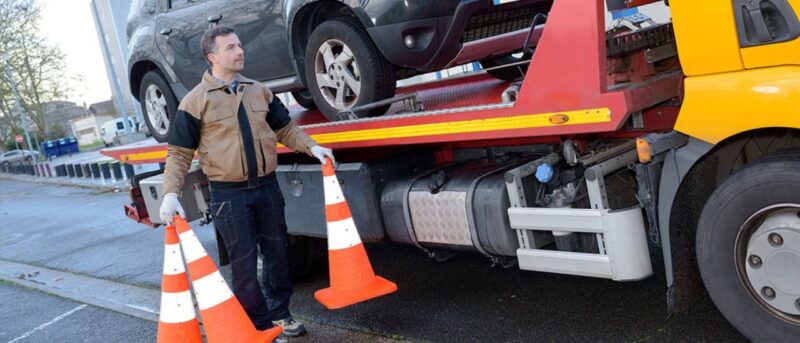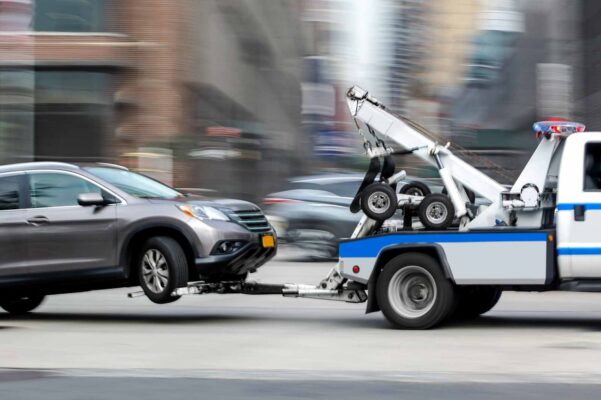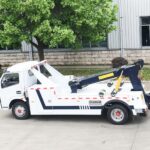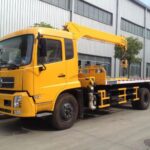Tow truck services are a fundamental part of roadside assistance, providing critical support for stranded motorists, clearing accident scenes, and maintaining traffic flow. This article explores the various aspects of tow truck services, including their importance, 종류, 장비, challenges faced by operators, safety protocols, and the impact of technological advancements. Understanding these elements underscores the significance of tow truck services in ensuring road safety and efficiency.
Importance of Tow Truck Services
Tow truck services are indispensable for several reasons:
- Roadside Assistance: Tow truck services offer immediate help to motorists experiencing vehicle breakdowns, flat tires, or other mechanical issues, ensuring they are not left stranded.
- Accident Recovery: These services play a crucial role in clearing accident scenes quickly, helping to restore normal traffic flow and reduce the risk of secondary accidents.
- Traffic Management: By promptly removing disabled or abandoned vehicles from the road, tow truck services help to prevent traffic congestion and maintain smooth traffic operations.
- Vehicle Transport: Tow trucks are essential for transporting vehicles to repair shops, 대리점, or other locations when they cannot be driven safely.
Types of Tow Trucks
Tow trucks come in various types, each designed for specific tasks and vehicle types:
- Flatbed Tow Trucks: These trucks feature a flat, horizontal bed that can be inclined and lowered to ground level, allowing vehicles to be driven or winched onto the bed. Flatbed tow trucks are ideal for transporting damaged or luxury vehicles, as they provide a stable platform that minimizes the risk of further damage.
- Hook and Chain Tow Trucks: These trucks use chains wrapped around the vehicle’s axle or frame and a boom to lift the vehicle off the ground. While effective, this method can cause damage to the towed vehicle, making it less suitable for modern cars.
- Wheel-Lift Tow Trucks: Similar to hook and chain trucks, wheel-lift tow trucks use a metal yoke to lift the vehicle by its wheels. This method is more gentle on the vehicle and is commonly used for short-distance towing.
- 통합 견인 트럭: These trucks combine the features of a boom and a wheel lift, making them versatile for heavy-duty tasks. They are often used for recovering large vehicles like buses and trucks.
- 로테이터 견인 트럭: Equipped with a rotating boom, rotator tow trucks can lift and move vehicles from difficult positions, such as ditches or embankments. They are highly versatile and used in complex recovery operations.
Essential Equipment
Tow trucks are equipped with various tools and technologies to perform their tasks effectively:
- Winches and Cables: Used to pull vehicles onto the tow truck or out of difficult situations, winches and cables are essential for the recovery process.
- Hydraulic Systems: These systems enable the smooth raising and lowering of the tow truck bed or boom, reducing the manual effort required and ensuring precise control.
- Lights and Warning Signals: Tow trucks are equipped with flashing lights and warning signals to alert other drivers and ensure the safety of the recovery scene.
- Safety Chains and Straps: Used to secure the towed vehicle to the tow truck, these accessories prevent the vehicle from shifting or falling during transport.
- Dollies: Small wheeled platforms that can be placed under the towed vehicle’s wheels, dollies are used when the vehicle cannot roll on its own wheels.
Challenges Faced by Tow Truck Operators
Tow truck operators encounter numerous challenges in their line of work:
- Weather Conditions: Adverse weather such as rain, snow, and ice can make towing operations more hazardous, requiring operators to take extra precautions.
- Traffic Hazards: Working on busy roads exposes operators to the risk of secondary accidents, making traffic control measures essential.
- Vehicle Condition: Severely damaged or overturned vehicles can be difficult to recover, requiring specialized equipment and techniques.
- Driver Fatigue: Long hours and the physically demanding nature of the job can lead to fatigue, affecting the operator’s ability to perform safely and efficiently.
- Complex Recoveries: Recovering vehicles from difficult locations, such as ditches or steep embankments, requires advanced skills and equipment.
Safety Protocols
Safety is paramount in tow truck operations, with strict protocols in place to protect operators and other road users:
- Proper Training: Operators undergo rigorous training to handle different types of tow trucks and recovery scenarios safely.
- Use of Safety Gear: Operators are required to wear high-visibility clothing, gloves, helmets, and other protective gear to ensure their safety during operations.
- Traffic Control: Effective traffic management, including the use of cones, warning signs, and coordination with law enforcement, helps protect the recovery scene.
- Regular Equipment Maintenance: Tow trucks and their equipment must be regularly inspected and maintained to prevent mechanical failures during operations.
- Communication: Clear communication between operators, dispatchers, and emergency services ensures a coordinated and efficient response to incidents.
Technological Advancements
Technological advancements have significantly improved the efficiency and safety of tow truck services:
- GPS and Navigation Systems: These systems help operators find the quickest and safest routes to the incident scene, reducing response times.
- Telematics: Telematics systems provide real-time data on vehicle performance, helping operators monitor and maintain their equipment more effectively.
- Advanced Winching Systems: Modern winches are more powerful and precise, allowing for smoother and safer vehicle recovery.
- Remote Control Systems: Remote control technology enables operators to control winches and booms from a safe distance, reducing the risk of injury.
- Enhanced Safety Features: New tow trucks come equipped with advanced safety features such as collision avoidance systems, stability control, and automated braking to protect operators and other road users.
Impact on Road Safety and Efficiency
The impact of tow truck services on road safety and efficiency is profound:
- Reduced Traffic Disruptions: Quick and efficient removal of disabled vehicles helps maintain traffic flow and reduce congestion.
- Enhanced Safety for Motorists: By providing immediate assistance to stranded motorists, tow truck services reduce the risk of accidents and ensure the safety of road users.
- Support for Emergency Services: Tow trucks assist emergency services in clearing accident scenes, allowing medical and rescue teams to focus on providing care to the injured.
- Economic Benefits: Efficient towing operations minimize the economic impact of traffic disruptions, reducing delays and associated costs for businesses and commuters.
- Environmental Protection: Prompt removal of vehicles involved in accidents helps prevent environmental hazards, such as oil or fuel spills, from spreading and causing further damage.
결론
Tow truck services are an essential component of roadside assistance, playing a critical role in maintaining road safety and efficiency. The various types of tow trucks and their specialized equipment enable operators to handle a wide range of recovery scenarios. Despite the challenges faced, tow truck operators adhere to strict safety protocols to ensure the safe and efficient recovery of vehicles. Technological advancements continue to enhance the capabilities of tow truck services, making them even more effective in their mission to support stranded motorists, clear accident scenes, and keep our roads safe. As the demand for these services grows, the importance of tow truck operations in ensuring smooth and safe transportation cannot be overstated.












